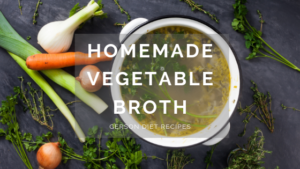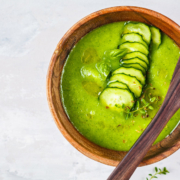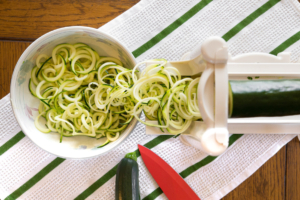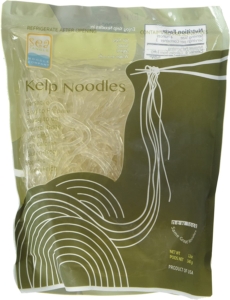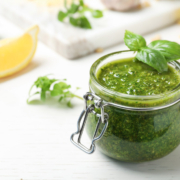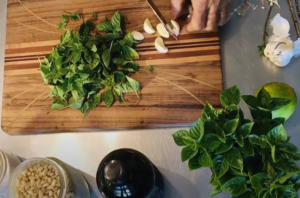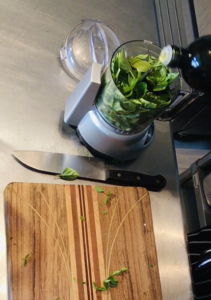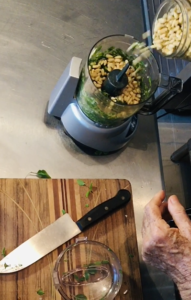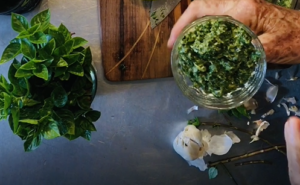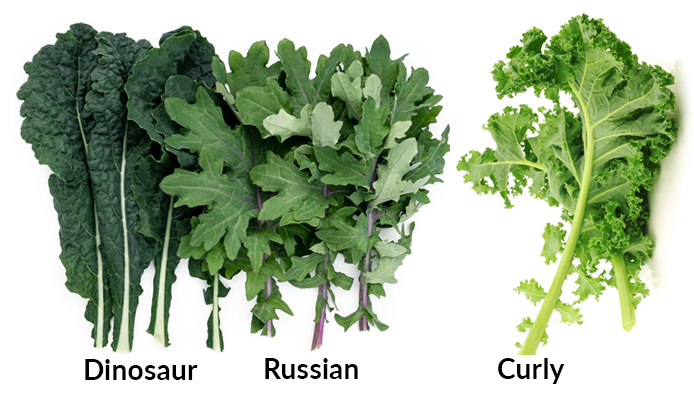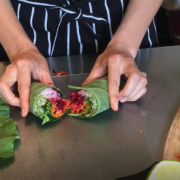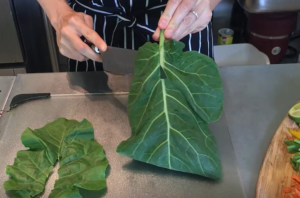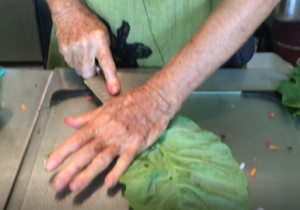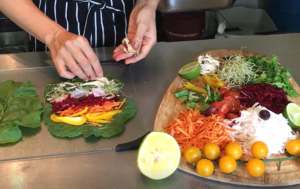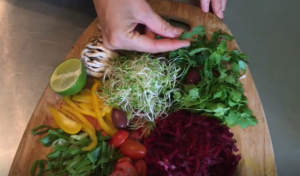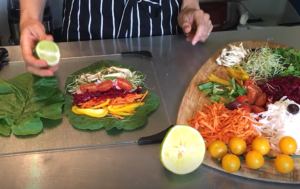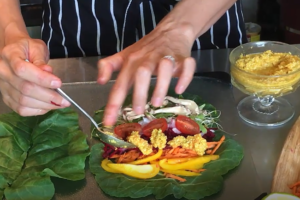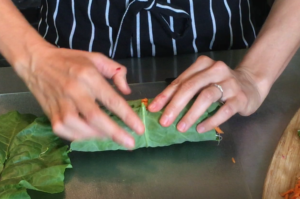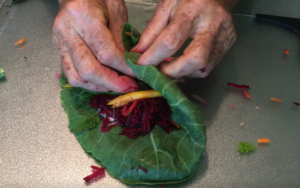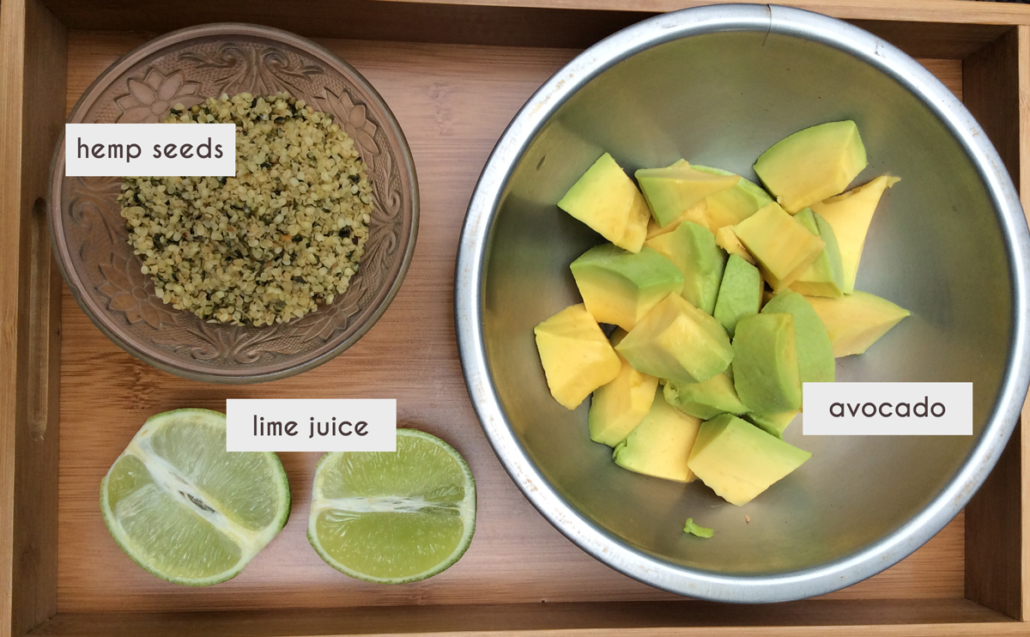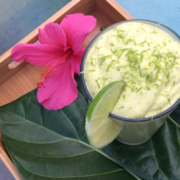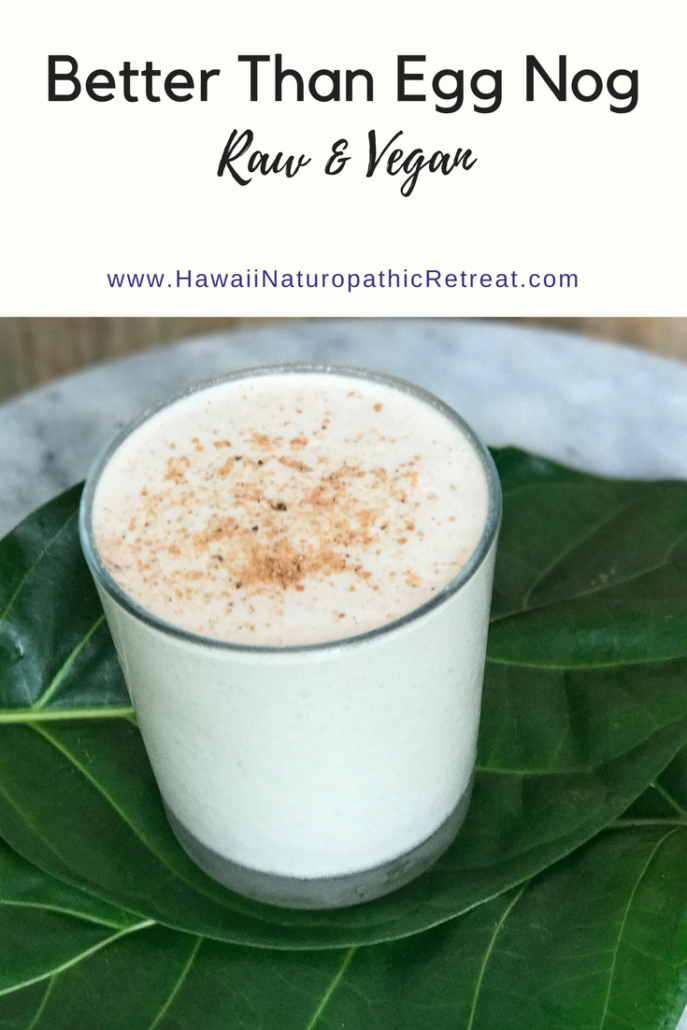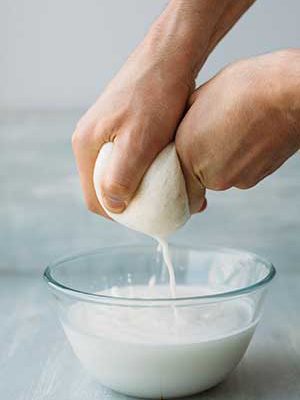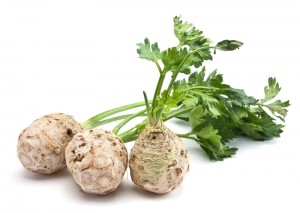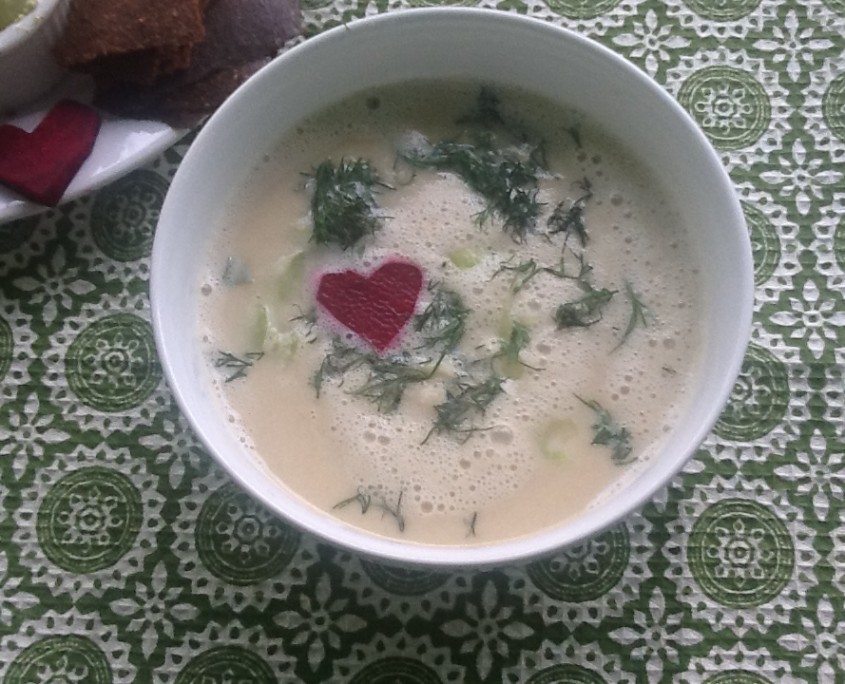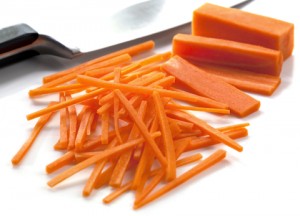By Dr. Maya Nicole Baylac
Fifteen years ago when I began my practice and medical retreat center here on the Big Island of Hawaii, I discovered the Hilo Farmers Market to shop for organic, fresh fruits and vegetables for my programs. For those of you who don’t know, utilizing and applying the medicinal value of food has always been and still is a key pillar in my medical approach.
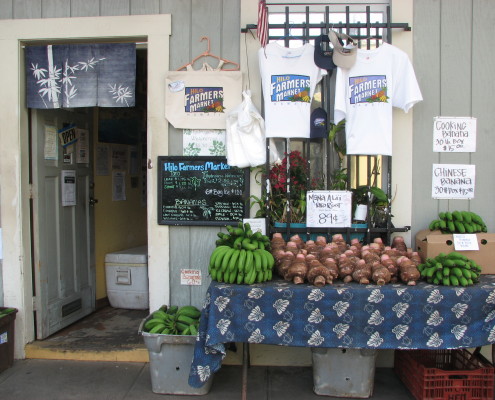
I remember finding myself in absolute awe back then over the unusual, new, tropical and exotic fruit I was discovering.
One day I was standing by the colorful produce display, looking at this spiky, irregularly shaped, strange looking green fruit when I heard the person standing next to me say, “This is soursop. My wife got cured from cancer eating soursop and making tea with the leaves”. Naturally this got me very excited and I bought a soursop fruit to take home that day.
Later I did some research on the fruit and found many more testimonies on soursop’s ability to fight cancer. I started serving soursop at my retreat programs to my patients on a regular basis.
The botanical name for soursop is Graviola Guanabana. It is a small, evergreen tree and the leaves, the soursop fruit, seeds, graviola capsules, and stem can all be utilized in traditional medicine or as food. The leaves from the tree for example can be made into tea.

Small evergreen soursop tree with fruit
What Does Soursop Taste Like?
Although taste is subjective, I personally find soursop delicious. It has a sweet and sour taste and is extremely juicy. The downside is that it takes time to prepare if you are committing to cleaning the entire fruit. Soursop has hard seeds packed individually in tight fibrous pods. Some soursops are the size of a football!
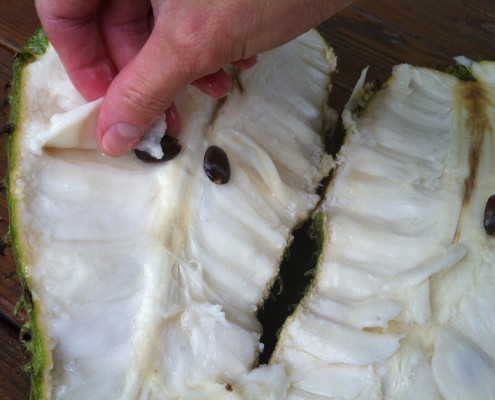
The white meat is extremely juicy and has a sponge like texture
Once the fruit peaks, you have to either enjoy it right away or prepare it and store it in the freezer to be used in batches later.
Today, after fifteen years of consuming soursop on a regular basis, I found a new efficient way to deseed the soursop and I’m very excited to share this method with you.
Choosing the Fruit
Choose a ripe fruit. It must be soft, but firm. It should have green looking skin or be slightly brown in places. I buy soursop soft rather than hard, because I had to throw away several of them that were picked too early and never ripened. There is a way to identify the stage of maturity of a hard unripened fruit with the spike direction and the shininess of the fruit, but I have not mastered that skill yet. I am gearing at being an expert soon and will keep you posted.
Tips for Cleaning and Eating Soursop
The Best Way to Clean Soursop
You will need a nutmilk bag and a large glass bowl. Clean your nails and wash your hands thoroughly before you get started.
INSTRUCTIONS:
- Wash the fruit and place in the bowl.
- Separate the soursop by hand into two pieces.
- Remove the outside stem and its long central internal extension in the core of the fruit.
- Remove the green skin with your fingers running your fingers between the skin and the fruit, it should peel off easily and the small hard granule should stay attached to the skin.
- Place the white segmented pieces of soursop in the nut milk bag pressing and massaging the content through the closed bag to extract the pulp until only the seeds and their pods are left in the bag.
- Discard the fibers and the seeds from the bag.
- Save the creamy white pulp to consume right away or freeze for the future.
Recipes & Ideas for Eating and Preparing Soursop
- You can use the soursop’s white creamy pulp just as is as a dessert. It looks beautiful and tastes deliciously sour and sweet.
- You can use soursop for your morning green smoothie as a single fruit basis or with another fruit. Some people think it adds a yogurt taste to the smoothie.
- You can freeze it and make ‘ice cream’ or sorbet in the future. I learnt this when I travelled in Tahiti and found restaurants were serving soursop ice cream. For those of you who have either a Norwalk or Champion juicer, you run the frozen fruit through the grinder fitting of the juicer and then you end up with satin texture frozen fruit cream. It is a fast and tasty recipe that will also help you to prevent or fight cancer.
If you live or have traveled in any tropical climate like Central America, Thailand or The Philippines, I am sure you are familiar with the delights of soursop and have many of your own ways to prepare and eat it.
For myself I have found that using a blender to prepare soursop will ruin its smooth creamy texture. I’ve experimented with making smoothies with a combination of spices such as vanilla, nutmeg and cinnamon.
In the end I prefer it plain and cleaned through a nut milk bag. Since soursop is seasonal and it’s abundant when in season, I choose to clean and prepare extra soursop during the season and freeze it for later use. A favorite treat is to serve it to my patients as a sorbet or frozen desert.
ENJOY THE FRUITS OF THE EARTH
FOOD IS MEDICINE
